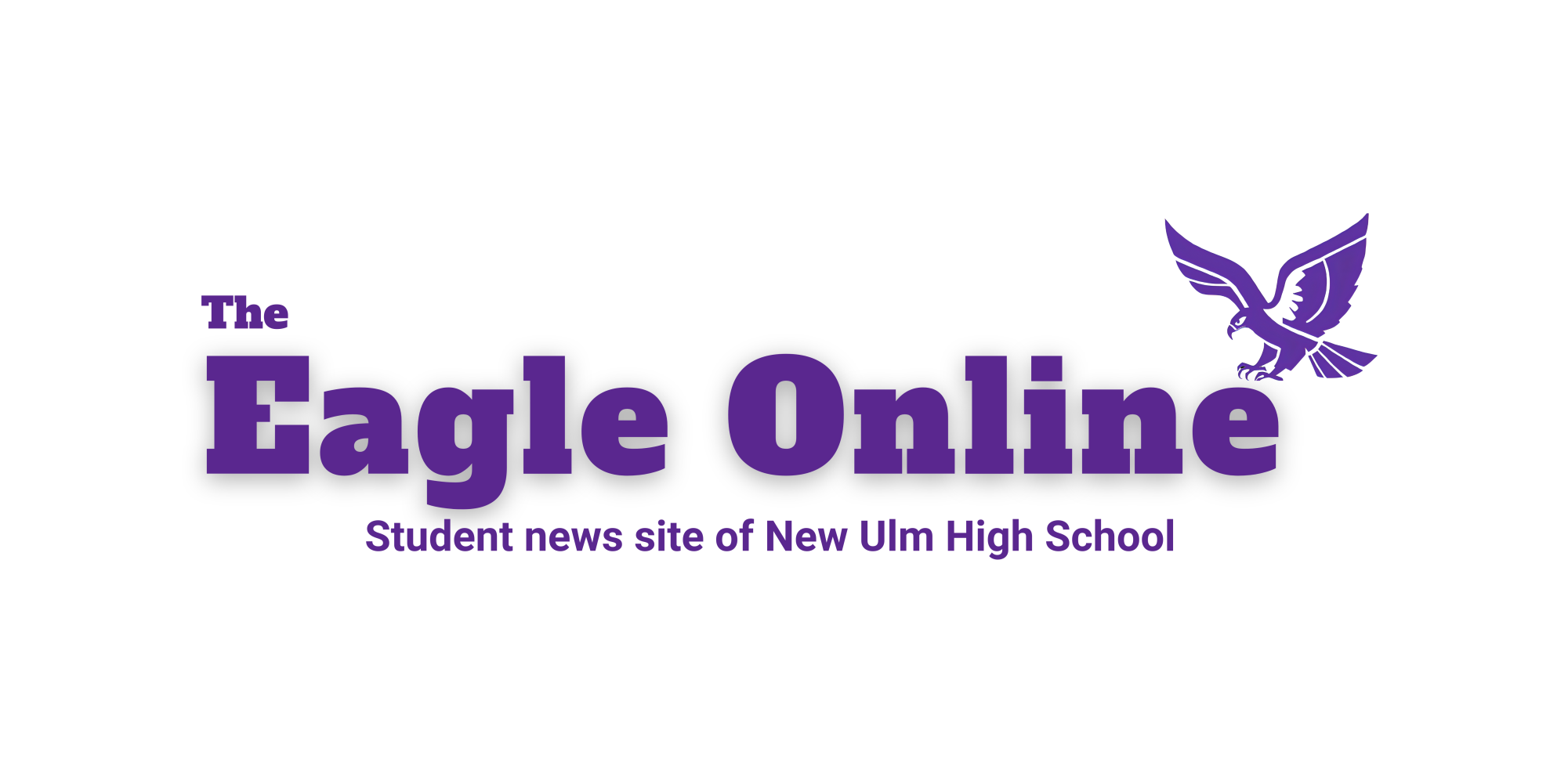I’m sure at some point in your life you’ve seen a model skeleton. There is one in the health classroom of the high school. Have you ever wondered how we know what every single bone looks like and what every muscle does? It’s because of cadavers.
First order of business, a cadaver is a deceased person who has decided with their family to donate their body to be used for science. One way that they are used is they are dissected and used to teach future doctors human anatomy and physiology. SDSU is a great example. Many universities in the area are making an effort to replicate the SDSU anatomy program according to a former athletic trainer and current teacher at SDSU.
NUHS anatomy and physiology students took a trip to the SDSU cadaver lab to see what it’s like to learn from one of the best anatomy programs in the area. Senior Ethan Lieb said, “It wasn’t what I expected. It was cool to see after learning about Anatomy.” Many students like Ethan in Mr. Nelson’s Anatomy and Physiology stated that they would like to join the medical field, especially after going on this field trip.
Many fascinating things can be found in cadavers. For example, the students got to see a woman with an interesting mutation. Her biceps brachii had three heads. A normal bicep has two “heads”, or points of attachment. Hence the name bicep. The students also got to see knee replacements, shoulder replacements, and hip replacements. The students were also allowed to ask to see whatever they wanted if they asked.
With the growing number of medical students, the demand for cadavers is higher. Future doctors need cadavers to practice medical practices in a safe environment. Can you imagine being the first person a new doctor operates on without practicing first? That’s a scary thought, isn’t it? This is why we need cadavers.








